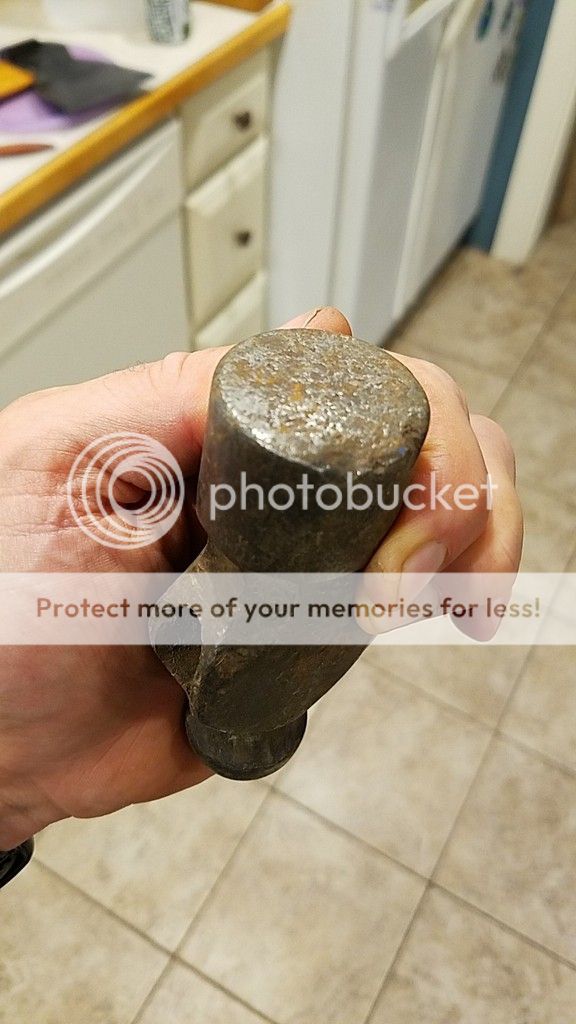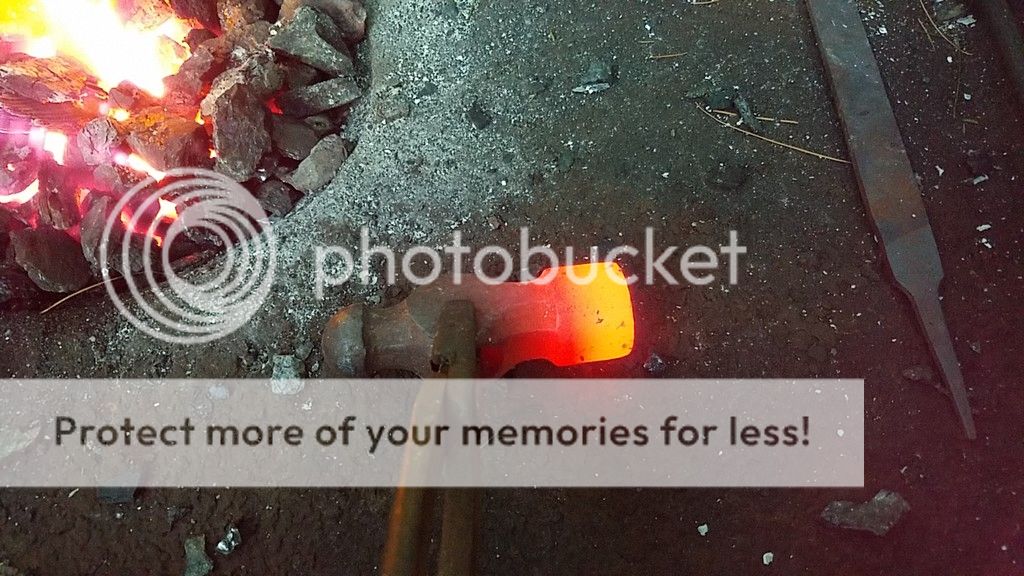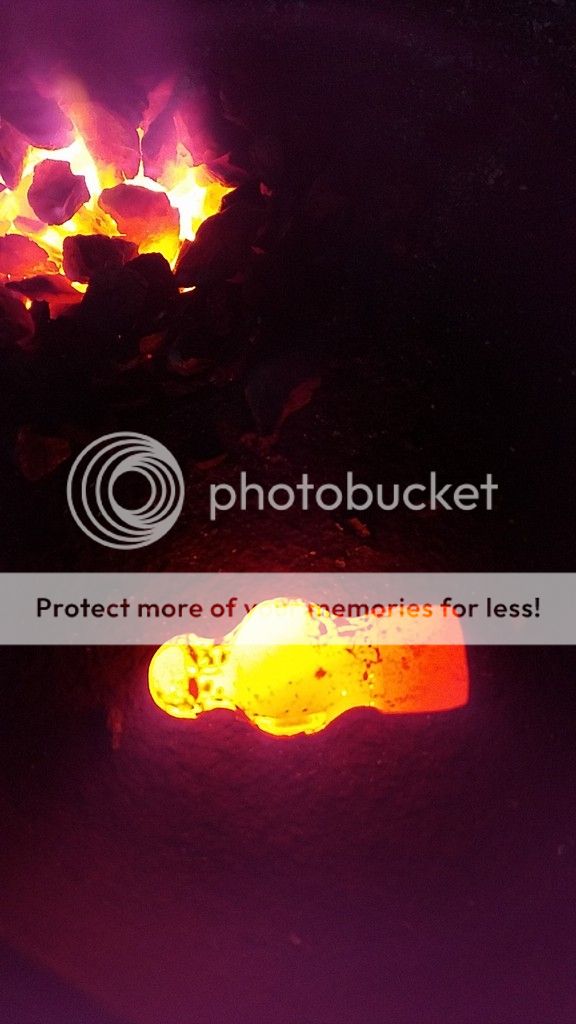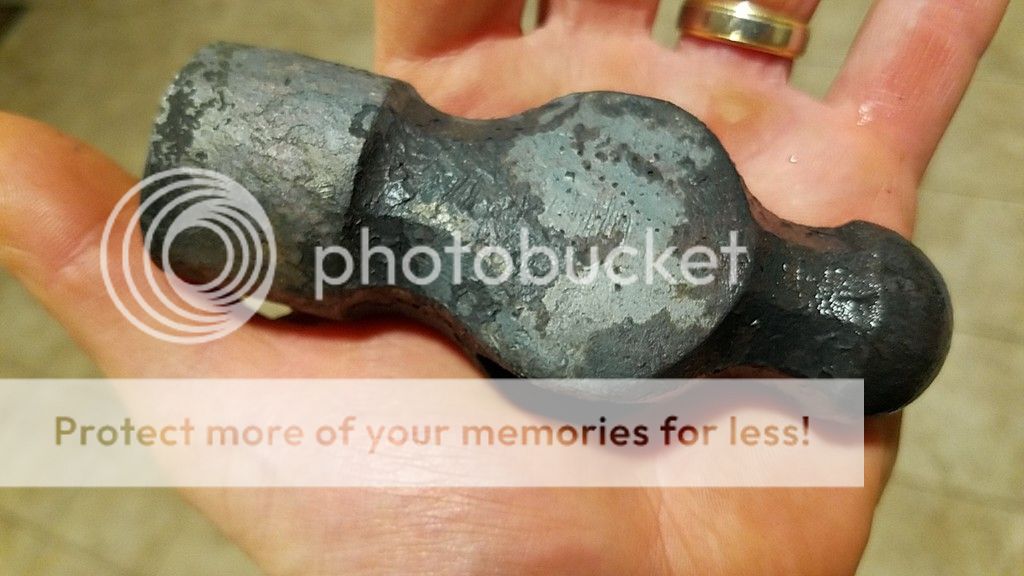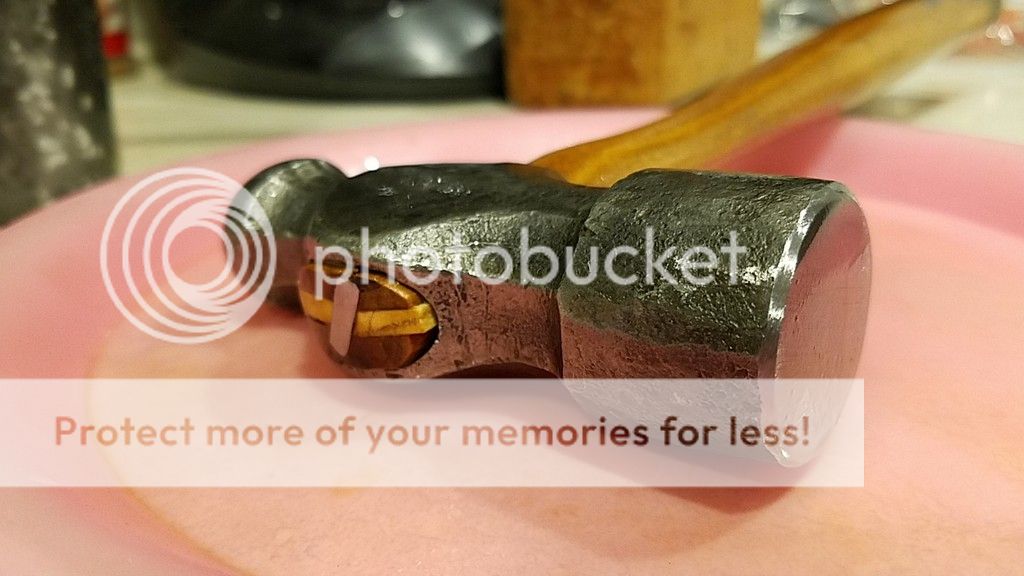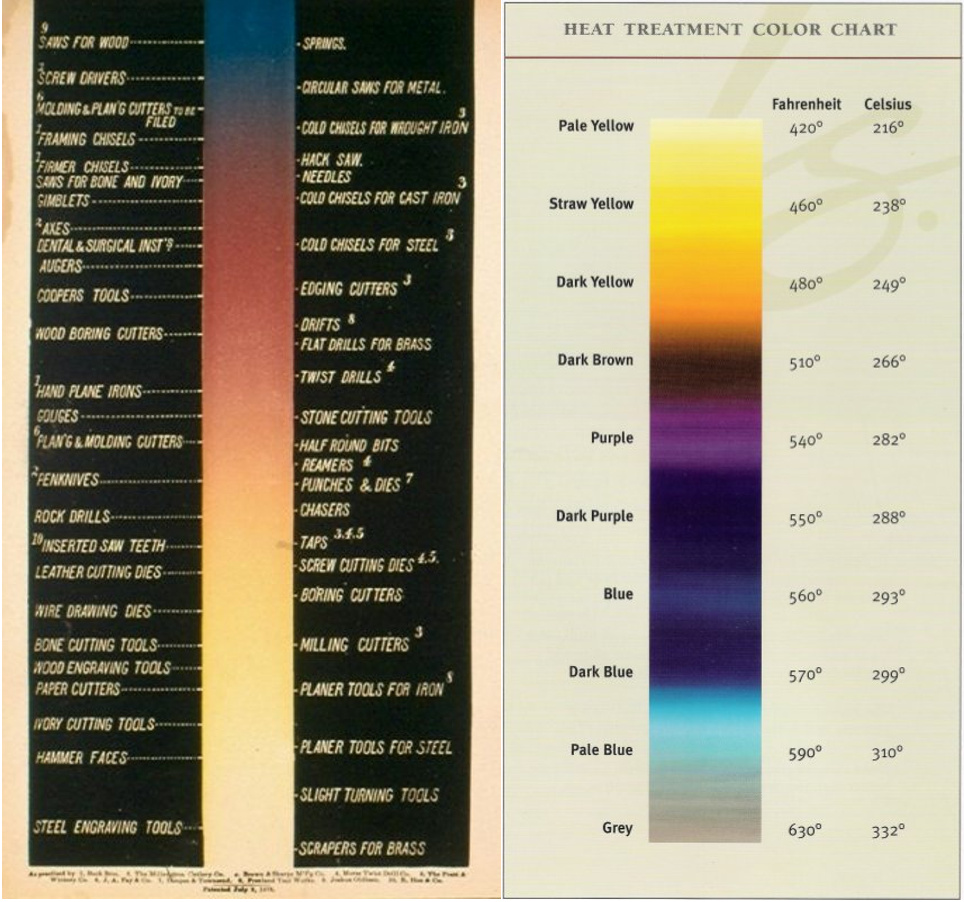Hickory n steel
Gold Member
- Joined
- Feb 11, 2016
- Messages
- 20,717
FYI don't have to remember him because I see him every day 😁Ya once you showed me the pin I quickly realized that it was a bdu thing. I play a lot of games so I'm not used to bdu dark markings outside of bdus. Even on bdus I don't notice it, and that's the whole point I think. Anyway, it's cool that you remember your dad. That's all
I'm glad we got this all cleared up and can now get back to talking about hammers, and I apologize for sending this thread off track, I should've known better than try to prove an irrelevant point .



